Table of Contents (click to expand)
Bears hibernate in winter due to extremely cold temperatures and the scarcity of food. They become inactive to conserve energy during the challenging winter months.
Who wouldn’t like to go MIA and take a break from life? We are all guilty of pressing the snooze button every morning but imagine what it would be like to have a slumber party for months. Bears get to do just that. During winter months, bears like the grizzly bear hibernate, snoozing all the way to spring. Phrases like ‘were you hibernating?’ and ‘slept like a bear’ originate from the bears disappearing for months on end.
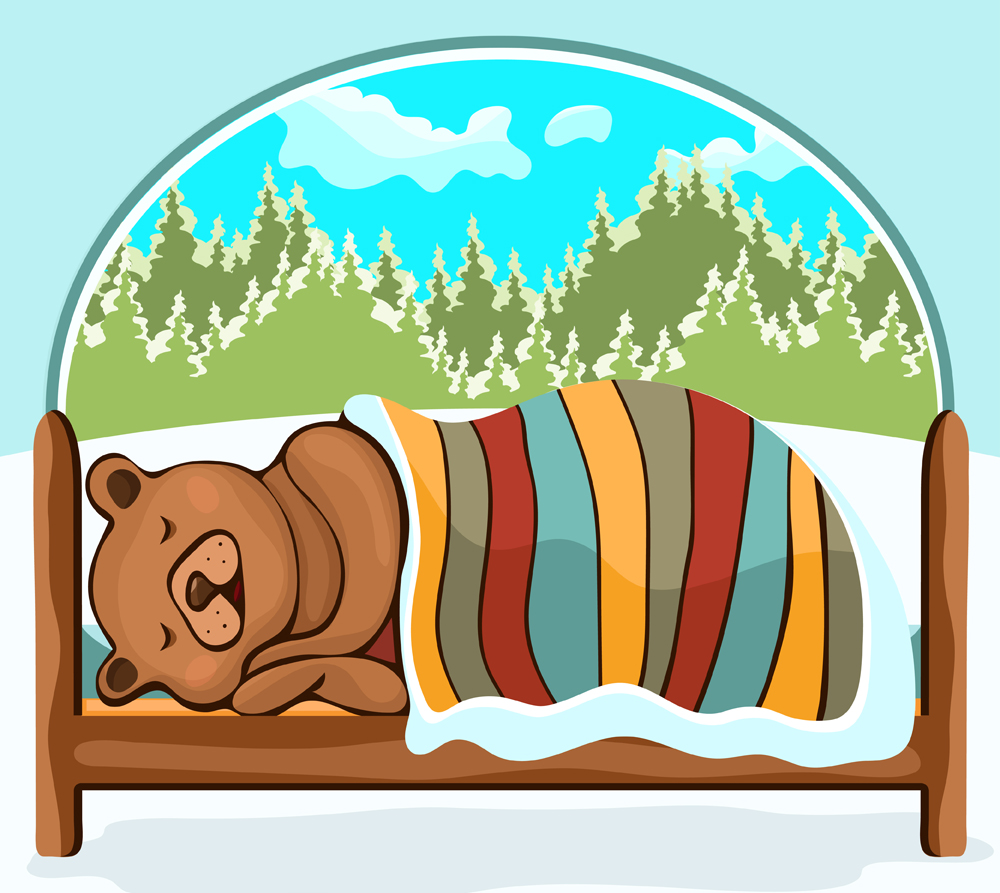
What Is Hibernation?
Hibernation is an adaptive move by animals in winter. It is a survival strategy when the environment is harsh and food is scarce. It is a state of inactivity, where animals conserve energy so that they do not have to hunt in winter. Hibernation is characterized by a drop in body temperatures.
The kind of hibernation that an animal undergoes depends on the level of drop in temperatures. Deep hibernators drop their body temperatures to 5 degrees C whereas bears undergo torpor which is a mild form of hibernation.
Winter brings in extremely low temperatures making it difficult for plants to bear fruits and animals are difficult to hunt. This makes it challenging to meet the daily calorie requirement for animals. Undergoing hibernation allows animals to utilise their calories at a slower rate when there is a scarcity of food.
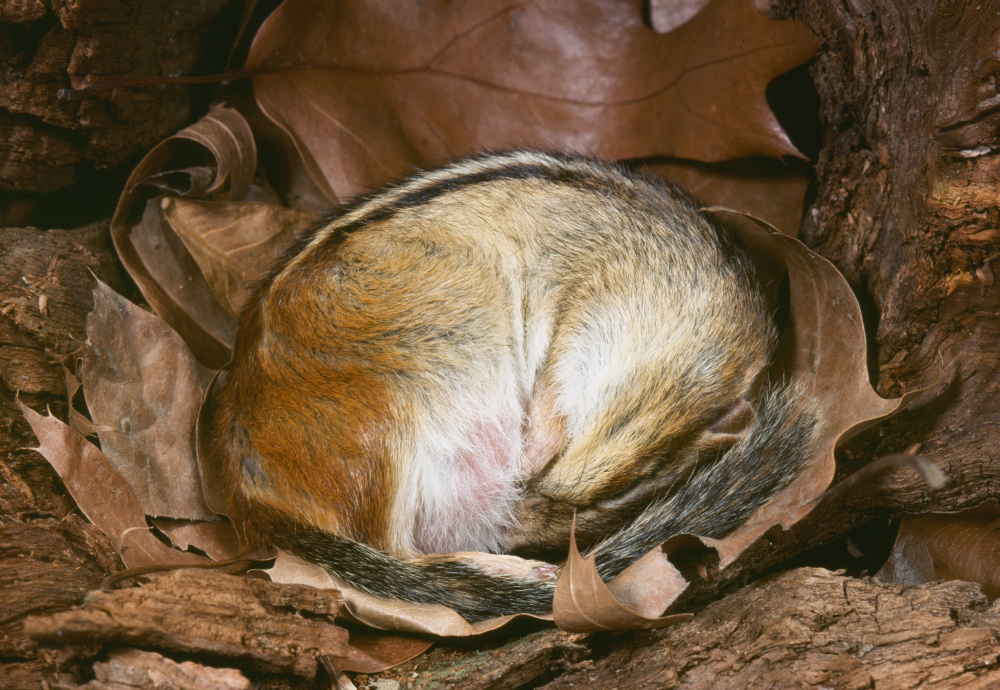
Hibernation isn’t exclusive to bears only. Racoons, chipmunks, snakes, box turtles, toads, woodchucks, squirrels and deer mice also hibernate.
Predictive Dormancy Vs Consequential Dormancy
Hibernation is not only reserved for mammals. There are also reptiles and insects that hibernate as well. Mammals enter consequential dormancy whereas reptiles undergo predictive dormancy.
Reptiles being poikilothermic (cold-blooded), cannot regulate their own body temperature. As day length starts decreasing (that means there is less warmth from the sun) these reptiles enter into obligatory hibernation. This is known as predictive dormancy as the reptiles anticipate winter by decreasing day lengths so that they do not freeze to death when winter sets in. Insects too display this kind of hibernation.
Then there is consequential dormancy, where, as a consequence of winter’s arrival animals like bears enter hibernation. The con to this kind of hibernation is that the animals wait till winter sets in and this can expose them to freezing temperatures. Thus, there are varying degrees of hibernation depending upon approaching winter, decrease in day lengths and sensing extremely cold temperatures.
Also Read: How Do Animals Survive Without Food During Hibernation?
Hibernation In Bears
Bears hibernate throughout winter months. Bears do not eat, drink or defecate when they hibernate but that doesn’t mean they are in complete repose. Actually, bears are not true hibernators, they enter a torpid state which is slightly different from true hibernation.
In true hibernation, like in squirrels, the animal’s body temperatures drop as low as 5 degree Celsius.
However, a bear’s body temperature drops by only 10 degrees compared to their normal body temperature which is 37-38 degree C.
The reason for this torpid hibernation (lesser drop in temperature for bears) is to react to danger quickly when threatened or when their dens are flooded, unlike deep hibernators that completely shut down. Bears also wake up to change postures to prevent pressure sores.
Torpor is also needed for female bears to tend to their young. Female bears usually give birth during hibernation. The female bear might have to wake up in between to care for her cubs.
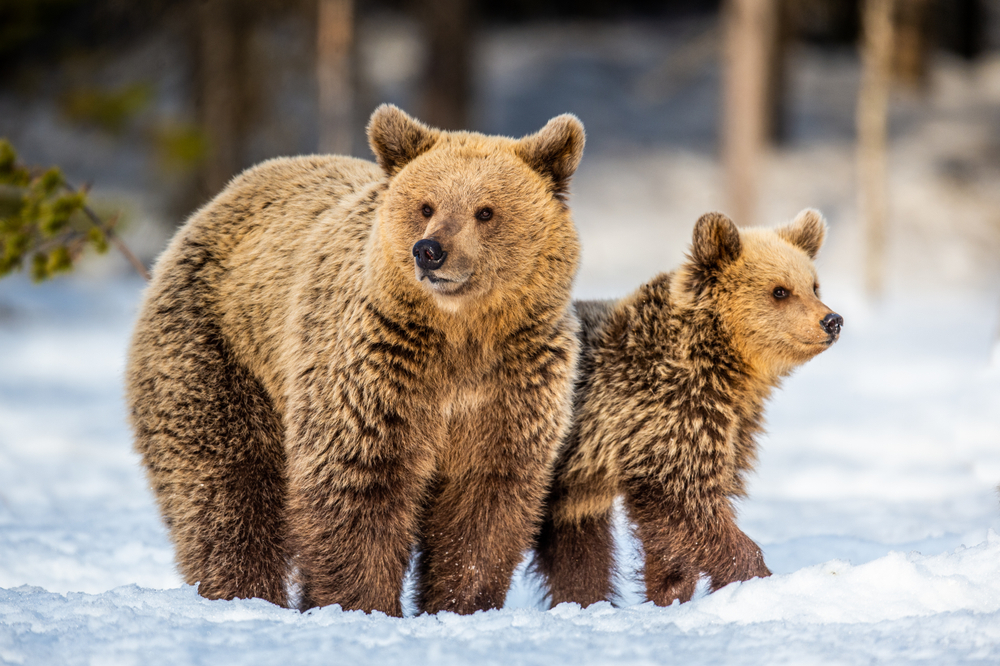
How Long Do Bears Hibernate?
How long a bear hibernates depends on the climatic conditions of the residing area. In the colder regions of Alaska, bears can hibernate for up to seven months, while in the coastal regions of North America bears hibernate for only 2-5 months. Bears usually hibernate from the months of December to end March or April.
By the end of summer and commencement of fall, bears start eating more to increase their weight for hibernation. This process is known as hyperphagia. They eat grass, root, berries, insects, fish and small animals. They gain upto 30 pounds per week! Their calorie intake is 3 times more than that in summer. Bears can eat upto 90 pounds of food everyday during the pre-hibernation period. Sometimes they even store food in their dens which they eat when they hibernate as food becomes scarce in winter.
Denning Activity
Bears make dens under the base of large trees, den under waterfalls, in hollow caves or trees, use naturally occurring rock caves or simply curl up in a leaves nest. The making of a den is completed in 3-7 days. After digging the den, bears cover the base with spruce boughs or duff. The tiny air pockets formed at the base help to trap heat inside the den and prevent it from escaping.
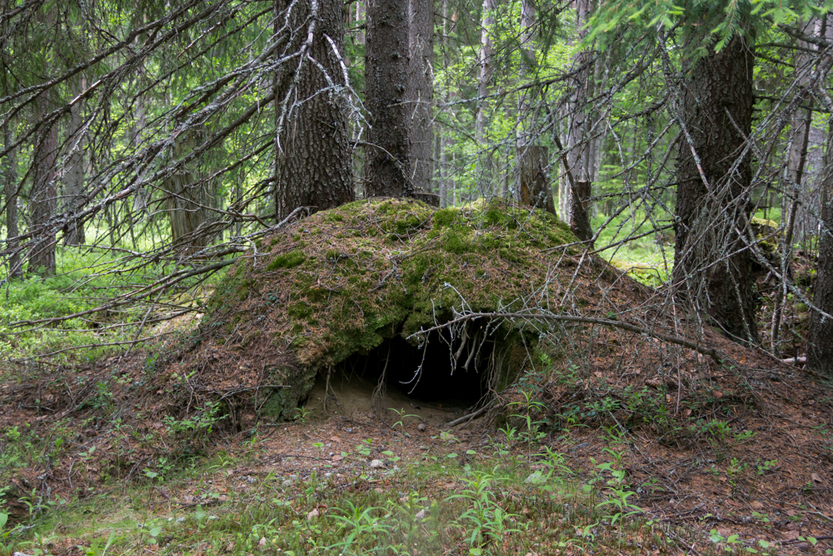
Also Read: Can We Hibernate In Pods As Seen In Sci-fi Films Like ‘Passengers’?
What Goes On Inside The Bear During Hibernation?
During hibernation, a bear’s metabolic rate slows down by 50-60%. There is also a drop in their respiration rate from 6-10 breaths per minute to 1 breath every 45 seconds! Heart beat drops from 40-50 beats to 8-19 beats per minute. Bears lose 15-20% of their body weight during hibernation.
Since they don’t eat, bears break down stored fats and protein. Some muscle tissue is broken down to use the protein for metabolic processes. During hibernation, their cholesterol levels are twice as high due to break down of fats, but still, they do not develop clogged arteries or gallstones because their HDL (good cholesterol) is higher than LDL. The bears’ liver secretes a substance called ursodeoxycholic acid (UDCA) that prevents the formation of gallstones. Another reason to be a bear!
Using existing resources puts the bear in danger of losing too much essential tissue like muscle or bones. But even though tissues are broken down into proteins, the bears do not lose much muscle mass. This is because the bear can rebuild its muscle using nitrogen from urea present in the urine! They can recycle calcium back into their bones which prevents bone degeneration or osteoporosis. Talk about reusing and recycling!
After temperatures start to become warmer, the bears emerge from their dens to eat early spring vegetation and also to feed on the carcasses of ungulates (animals that have hooves) who died over the cold winter.
Do All Bears Hibernate?
No, not all bears hibernate.
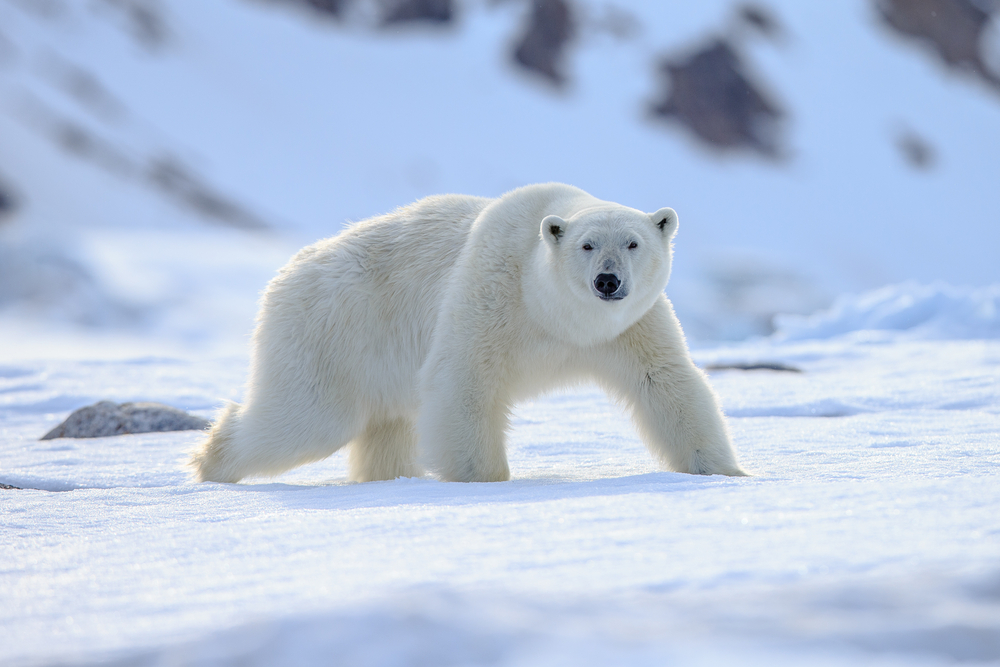
Grizzly/brown bears and black bears hibernate but polar bears usually do not. Polar bears are already adapted to survive harsh temperatures and hence it is unlikely for them to hibernate. Bears in the zoo do not hibernate if food is given to them in winters, however, this activity is not healthy as they tend to become overweight. Zoos now do allow bears to hibernate but then they are not available for sight-seeing. Hey, but at least they are healthy.
Would you like to hibernate if given a chance? The offer is tempting, isn’t it? Lying around in winter, no stress of eating, drinking, nature calls and in turn also getting protected from heart ailments and osteoporosis! Now that’s some life!
How well do you understand the article above!

